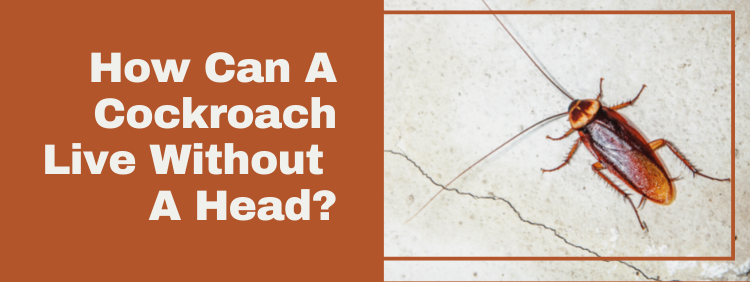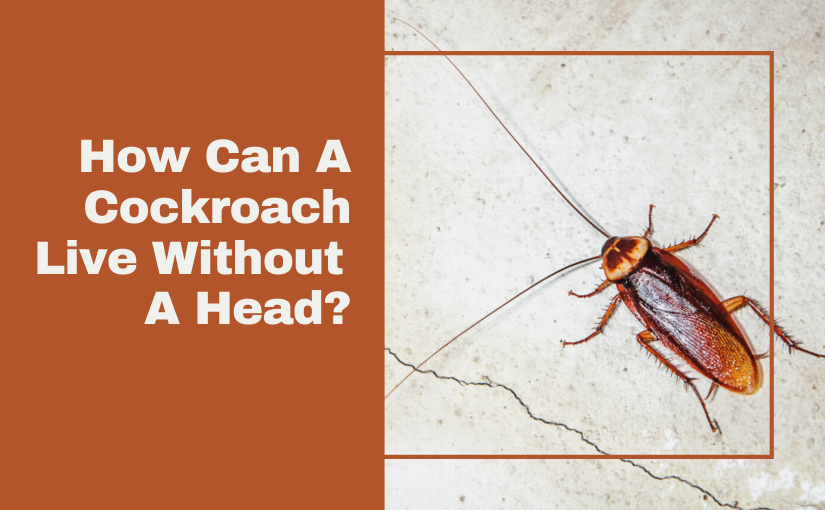
Part of what makes cockroaches so fascinating and formidable is their resilience. Because they are able to resist many efforts to kill them, they typically require professional cockroach control in Georgetown to resolve the problem for good. Many homeowners may be startled, even horrified, to find that cockroaches are still able to keep scurrying around even after they have lost their heads.
The truth is that cockroaches will eventually die due to the loss of their heads. It just takes a lot longer than it does for most other animals. Therefore, decapitating them one by one is not an effective way to deal with an infestation. Here are some reasons why the loss of a head doesn’t prove immediately fatal for the pesky insect.
Reflexive Nerve Tissue
Cockroaches have neural tissues throughout their bodies called nerve tissue agglomerations. These tissues control reflexes that allow the cockroach to navigate and interact with its environment effectively. The nerve tissue agglomerations are not controlled by the roach’s brain, so if the roach loses it due to decapitation, it doesn’t affect its reflexive functioning. The roach continues to keep moving around the way it used to, having reflexive responses to stimuli in the environment.
Spiracle Breathing
A cockroach can keep breathing after losing its head because it doesn’t breathe through its nose and mouth. Instead, a cockroach breathes through small openings in its exoskeleton called spiracles that run along the length of its body. These aren’t regulated by the cockroach’s brain, so even without its head, it can go right on breathing the way it used to.
Cockroaches can breathe this way because they don’t have lungs. Instead, each spiracle connects to a tube called a trachea that delivers the oxygen directly to their body tissues and allows them to release carbon dioxide. Cockroaches can lose water during respiration. If they are in an arid environment and need to conserve water, they can do so by temporarily stopping their breathing for up to seven minutes at a time.
Open Circulation
Human beings have a closed circulatory system. This means that the blood is contained in vessels, such as arteries, veins, and capillaries, and has a heart that pumps it around for the exchange of oxygen and carbon dioxide in the body’s tissues. Cockroaches have a circulatory system too, but it is an open system. It has blood, but it doesn’t have a heart or blood vessels. A cockroach’s blood makes it to the various tissues by just sloshing around as it moves. Because cockroaches don’t have lungs, the blood doesn’t play quite the same role in oxygen exchange as it does for humans.
When a human being suffers a major injury, the heart continues to pump blood. This causes the blood to come gushing out of the wound, especially if an artery is severed. When a cockroach gets decapitated, blood collects at the site of the wound and forms a large scab where the head used to be, but because there is no heart, the blood doesn’t get forced out of the wound.
Eventual Dehydration
When a cockroach is decapitated, it loses its mouth. As a result, even if its reflexive responses allow it to find food and water, it has no way to eat and drink. Cockroaches are like humans in that they can go longer without food than they can without water. Without their heads, they have no way to consume either. Therefore, they die of dehydration before they can starve to death from lack of food. This takes about a week.
Call Truly Nolen for Cockroach Control in Georgetown
A decapitated cockroach can still pose a health risk for a while before its inevitable demise. If you have cockroaches in your house, call Truly Nolen for effective pest control.
